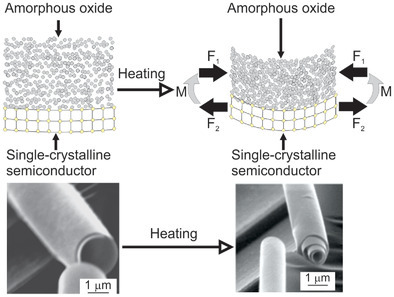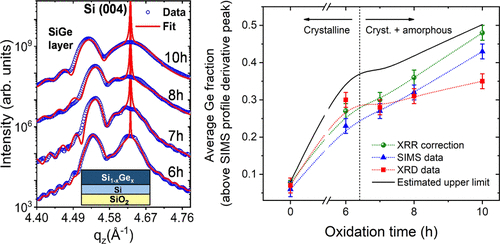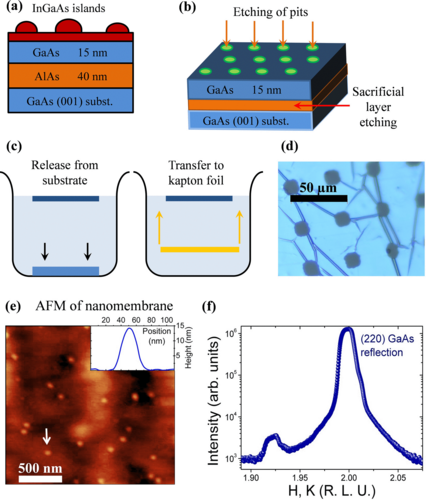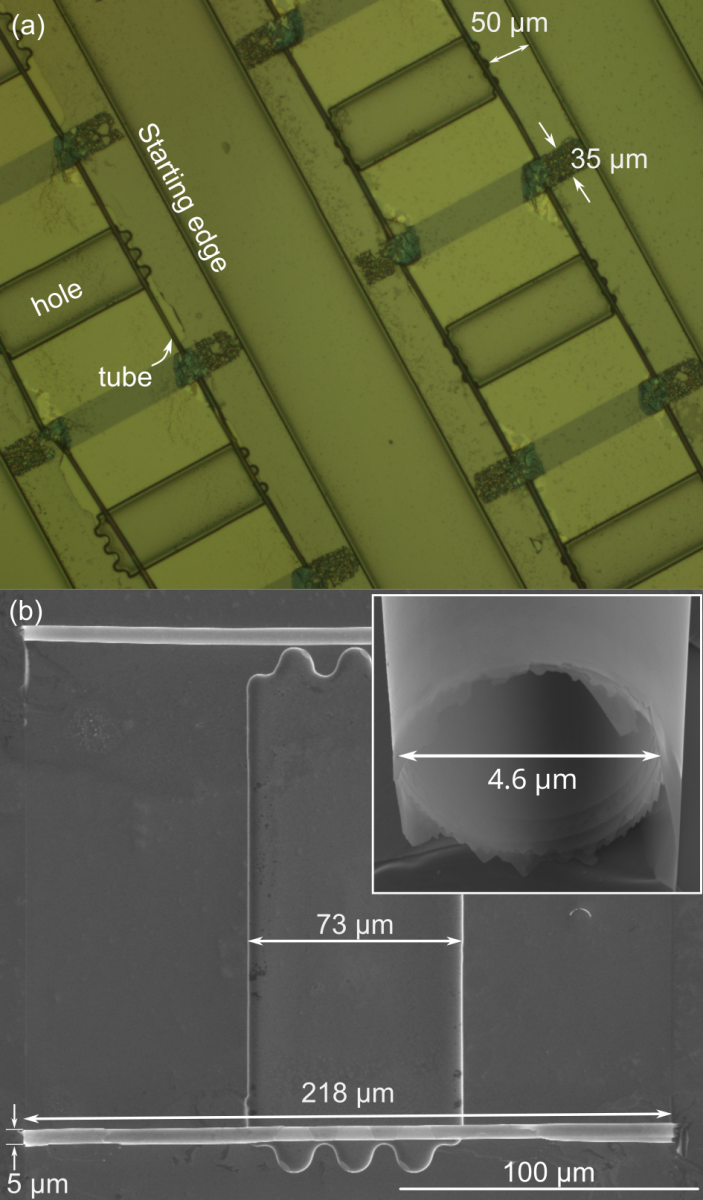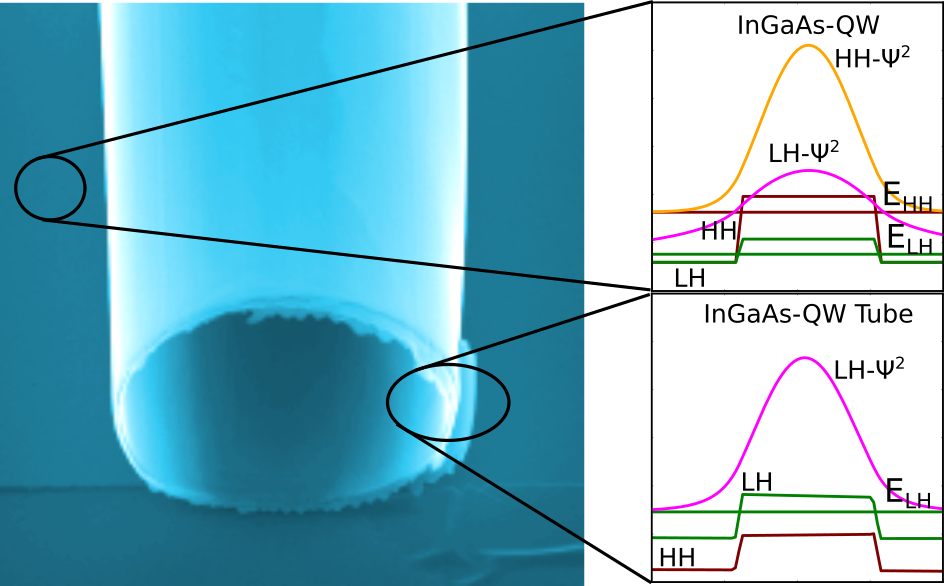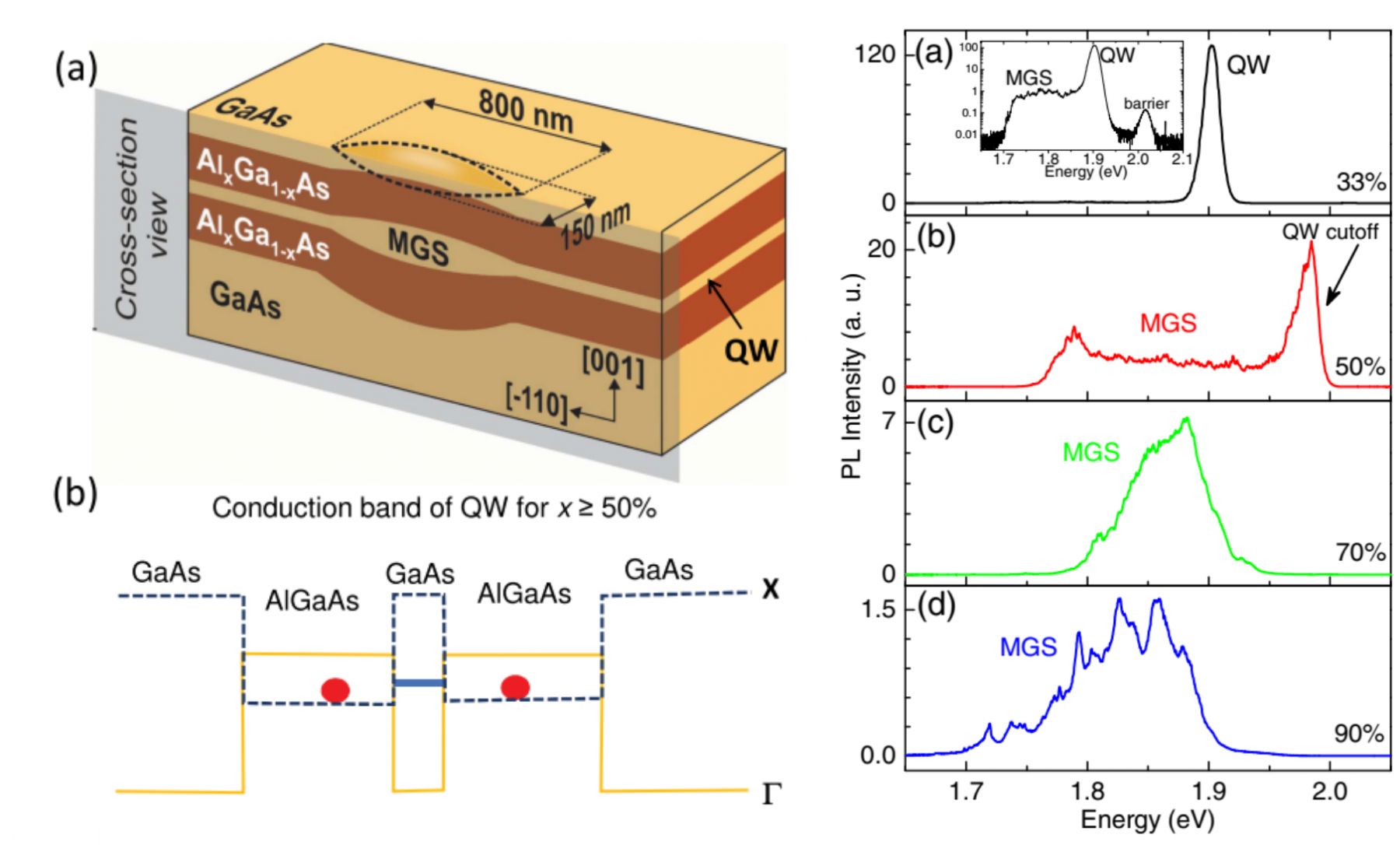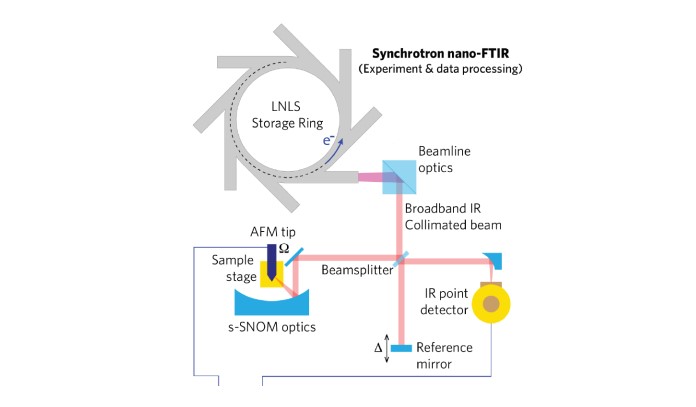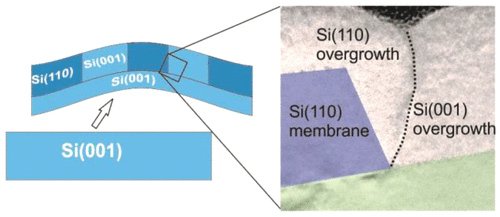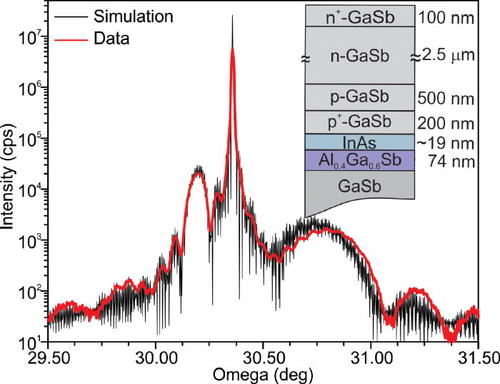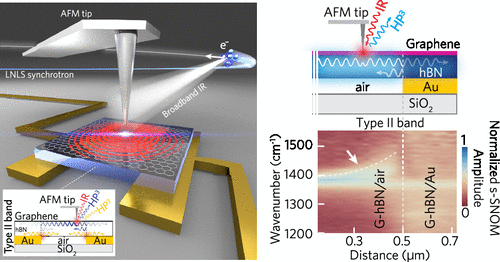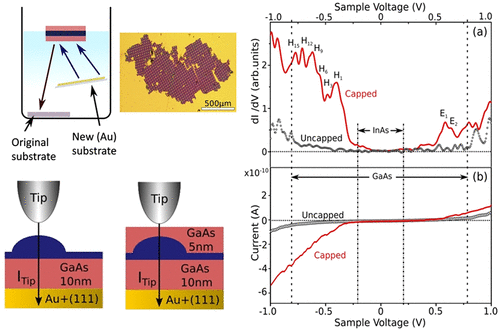I finished reading a very good philosophy book trying to figure out, what makes science in its way to acquire knowledge different from other approaches. “The Scientific Attitude: Defending Science from Denial, Fraud, and Pseudoscience” by Lee McIntyre is interesting making the point the difference is not the method, but the attitude how evidence is gathered and used to progress the knowledge of the world. He tells us that this attitude separates scientist from non-scientiest and lead to the strength of the scientific obtained understanding of the world making it special against all other knowledge.
Whereas I like the idea to separate the scientific endeavor by its attitude and values involved rather then by a scientific method, I have to admit, his science idea is to much an empirical one influenced by logical positivism, Popper and Kuhn. I personally see a strong component that acquiring of knowledge and therefor also science has its base in empirical phenomena, but also a synthesis part as pointed out by Kant. In some way, McIntyre might agree with this as he points out that science not only reports the empirical finding, but the knowledge must come with a warrant.
Also it is interesting to see, how Galileo Galilei is mentioned to be a victim of the science believe of his time. There should be mentioned: No one believed in this time that the earth is flat – the solar system just was assumed to be heliocentric; the catholic church is not really the science community – Galileo’s science colleagues of the time like Copernicus (who suggested the heliocentric defended by Galileo Galilei), Johannes Kepler and Tycho Brahe already gave up on the geocentric world idea – it were people outside the sciences that did not want to believe this.
Anyway, the book is very interesting and I enjoyed reading it. I can just recommend it for people doing science as well as people not doing science. It is an important contribution in these times, where scientific knowledge is seen as a opinion among others and forgotten that generations of scientist worked to arrive on the current point of knowledge. Therefore, the current state of scientific knowledge contains the experience of many tries (and failures) to understand the world. If the knowledge is gathered with the right, scientific attitude, it is our best chance to be the correct one.
P.S.: Peer review is not as good as hoped in the book and the important fact checking is done afterwards by the community; and scientific progress does not happened in Paradigmatic shifts, but in a hard creeping way of small continuous steps (sometimes with some impressive jumps from people at the right time and place, which would not possible, if the previous generations of scientist had not collected all the data).

 Our paper “Review: using rolled-up tubes for strain-tuning the optical properties of quantum emitters” is out.
Our paper “Review: using rolled-up tubes for strain-tuning the optical properties of quantum emitters” is out.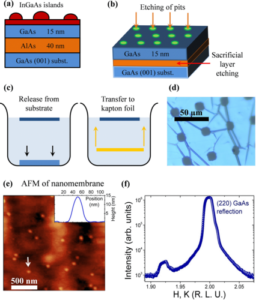
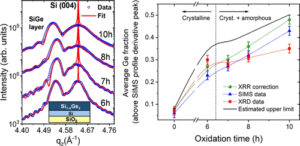
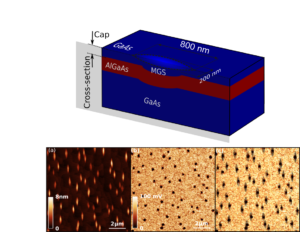 Unstrained GaAs quantum dots are promising candidates for quantum information devices due to their optical properties, but their electronic properties have remained relatively unexplored until now. In this work, we systematically investigate the electronic structure and natural charging of GaAs quantum dots at room temperature using Kelvin probe force microscopy (KPFM). We observe a clear electrical signal from these structures demonstrating a lower surface potential in the middle of the dot. We ascribe this to charge accumulation and confinement inside these structures. Our systematical investigation reveals that the change in surface potential is larger for a nominal dot filling of 2 nm and then starts to decrease for thicker GaAs layers. Using k · p calculation, we show that the confinement comes from the band bending due to the surface Fermi level pinning. We find a correlation between the calculated charge density and the KPFM signal indicating that k · p calculations could be used to estimate the KPFM signal for a given structure. Our results suggest that these self-assembled structures could be used to study physical phenomena connected to charged quantum dots like Coulomb blockade or Kondo effect.
Unstrained GaAs quantum dots are promising candidates for quantum information devices due to their optical properties, but their electronic properties have remained relatively unexplored until now. In this work, we systematically investigate the electronic structure and natural charging of GaAs quantum dots at room temperature using Kelvin probe force microscopy (KPFM). We observe a clear electrical signal from these structures demonstrating a lower surface potential in the middle of the dot. We ascribe this to charge accumulation and confinement inside these structures. Our systematical investigation reveals that the change in surface potential is larger for a nominal dot filling of 2 nm and then starts to decrease for thicker GaAs layers. Using k · p calculation, we show that the confinement comes from the band bending due to the surface Fermi level pinning. We find a correlation between the calculated charge density and the KPFM signal indicating that k · p calculations could be used to estimate the KPFM signal for a given structure. Our results suggest that these self-assembled structures could be used to study physical phenomena connected to charged quantum dots like Coulomb blockade or Kondo effect.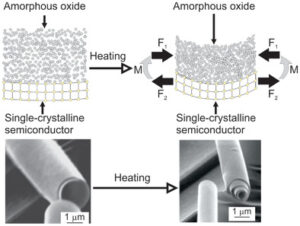 nanoscale assembly to access a broad range of 3D geometries and hybrid materials. An amorphous SrTiO3 layer on a Si:B/Si1−xGex:B heterostructure is reconfigured at the atomic scale upon heating, exhibiting a change in volume of ≈2% and accompanying biaxial stress. The Si:B/Si1−xGex:B bilayer is fabricated by molecular beam epitaxy, followed by sputter deposition of SrTiO3 at room temperature. The processes yield a hybrid oxide/semiconductor nanomembrane. Upon release from the substrate, the nanomembrane rolls up and has a curvature determined by the stress in the epitaxially grown Si:B/Si1−xGex:B heterostructure. Heating to 600 °C leads to a decrease of the radius of curvature consistent with the development of a large compressive biaxial stress during the reconfiguration of SrTiO3. The control of stresses via post-deposition processing provides a new route to the assembly of complex-oxide-based heterostructures in 3D geometry. The reconfiguration of metastable mechanical stressors enables i) synthesis of various types of strained superlattice structures that cannot be fabricated by direct growth and ii) technologies based on strain engineering of complex oxides via highly scalable lithographic processes and on large-area semiconductor substrates.
nanoscale assembly to access a broad range of 3D geometries and hybrid materials. An amorphous SrTiO3 layer on a Si:B/Si1−xGex:B heterostructure is reconfigured at the atomic scale upon heating, exhibiting a change in volume of ≈2% and accompanying biaxial stress. The Si:B/Si1−xGex:B bilayer is fabricated by molecular beam epitaxy, followed by sputter deposition of SrTiO3 at room temperature. The processes yield a hybrid oxide/semiconductor nanomembrane. Upon release from the substrate, the nanomembrane rolls up and has a curvature determined by the stress in the epitaxially grown Si:B/Si1−xGex:B heterostructure. Heating to 600 °C leads to a decrease of the radius of curvature consistent with the development of a large compressive biaxial stress during the reconfiguration of SrTiO3. The control of stresses via post-deposition processing provides a new route to the assembly of complex-oxide-based heterostructures in 3D geometry. The reconfiguration of metastable mechanical stressors enables i) synthesis of various types of strained superlattice structures that cannot be fabricated by direct growth and ii) technologies based on strain engineering of complex oxides via highly scalable lithographic processes and on large-area semiconductor substrates.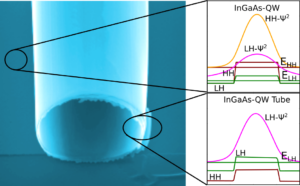 After seeing the effect the first time 10 years ago in old samples, we finally figured out what was happening. See out latest results in ACS Appl. Nano Mater. with the title “Rolled-Up Quantum Wells Composed of Nanolayered InGaAs/GaAs Heterostructures as Optical Materials for Quantum Information Technology”:
After seeing the effect the first time 10 years ago in old samples, we finally figured out what was happening. See out latest results in ACS Appl. Nano Mater. with the title “Rolled-Up Quantum Wells Composed of Nanolayered InGaAs/GaAs Heterostructures as Optical Materials for Quantum Information Technology”: 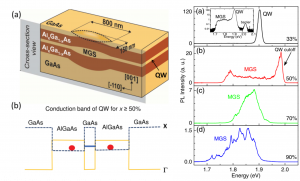 We investigate the optical properties of strain-free mesoscopic GaAs/Al(x)Ga(1-x)As structures (MGS) coupled to thin GaAs/A(x)Ga(1-x)As quantum wells (QWs) with varying Al content (x). We demonstrate that quenching the QW emission by controlling the band crossover between AlGaAs X-point and GaAs Gamma-point gives rise to long carrier lifetimes and enhanced optical emission from the MGS. For x = 0.33, QW and MGS show typical type-I band alignment with strong QW photoluminescence emission and much weaker sharp recombination lines from the MGS localized exciton states. For x >= 0.50, the QW emission is considerably quenched due to the change from type-I to type-II structure while the MGS emission is enhanced due to carrier injection from the QW. For x >= 0.70, we observe PL quenching from the MGS higher energy states also due to the crossover of X and Gamma bands, demonstrating spectral filtering of the MGS emission. Time-resolved measurements reveal two recombination processes in the MGS emission dynamics. The fast component depends mainly on the X-Gamma mixing of the MGS states and can be increased from 0.3 to 2.5~ns by changing the Al content. The slower component, however, depends on the X-Gamma mixing of the QW states and is associated to the carrier injection rate from the QW reservoir into the MGS structure. In this way, the independent tuning of X-Gamma mixing in QW and MGS states allows us to manipulate recombination rates in the MGS as well as to make carrier injection and light extraction more efficient.
We investigate the optical properties of strain-free mesoscopic GaAs/Al(x)Ga(1-x)As structures (MGS) coupled to thin GaAs/A(x)Ga(1-x)As quantum wells (QWs) with varying Al content (x). We demonstrate that quenching the QW emission by controlling the band crossover between AlGaAs X-point and GaAs Gamma-point gives rise to long carrier lifetimes and enhanced optical emission from the MGS. For x = 0.33, QW and MGS show typical type-I band alignment with strong QW photoluminescence emission and much weaker sharp recombination lines from the MGS localized exciton states. For x >= 0.50, the QW emission is considerably quenched due to the change from type-I to type-II structure while the MGS emission is enhanced due to carrier injection from the QW. For x >= 0.70, we observe PL quenching from the MGS higher energy states also due to the crossover of X and Gamma bands, demonstrating spectral filtering of the MGS emission. Time-resolved measurements reveal two recombination processes in the MGS emission dynamics. The fast component depends mainly on the X-Gamma mixing of the MGS states and can be increased from 0.3 to 2.5~ns by changing the Al content. The slower component, however, depends on the X-Gamma mixing of the QW states and is associated to the carrier injection rate from the QW reservoir into the MGS structure. In this way, the independent tuning of X-Gamma mixing in QW and MGS states allows us to manipulate recombination rates in the MGS as well as to make carrier injection and light extraction more efficient.